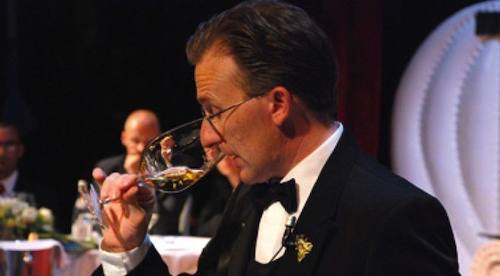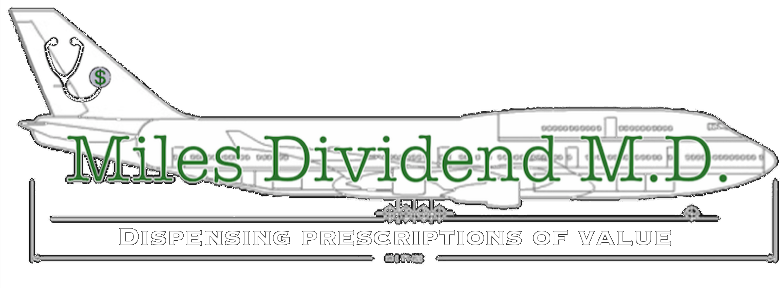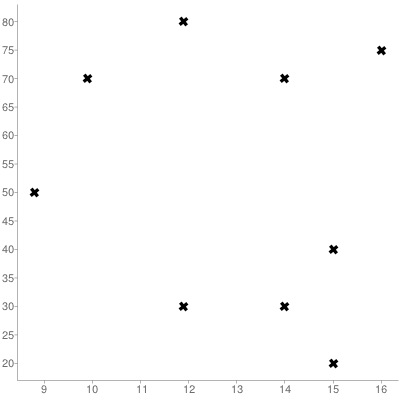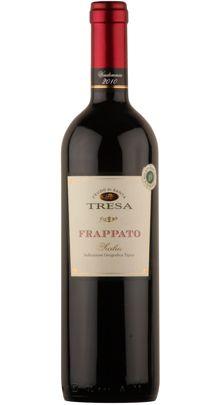My nose is not small. That’s a fact.
Although aesthetically a little ski jump a la Brad Pitt is generally seen as the ideal nose, I’ve tried to comfort myself with the idea that big noses simply must be better at smelling.
One of the great things about wine tasting is that you can unselfconsciously thrust your proboscis deep into a wine glass and make a big show about sniffing in. In this context, how could I not see my nose as an asset?
Which is probably a pretty key reason as to why I love wine.
But there are others.
Like the fun guessing game of picking out aromas from a sniff of wine.
 “My toucanesque nose detects pencil lead, garigue , tobacco, and a touch of Stonefruit”
“My toucanesque nose detects pencil lead, garigue , tobacco, and a touch of Stonefruit”
Or the warm sensation as a swallow of wine slips down my throat accompanying the trailing flavor of the finish.
Or the thrill and biting acidity of a chilled Muscadet cutting the brininess of oysters on the half shell.
Or the pleasant drama of swirling wine around my glass in gliding spiral movements in order to aerate it.
Could cheese even exist for me without wine? (Or vice versa?)
But I digress. This blog is about value. And from a value perspective drinking wine is a real minefield.
Although we think that what we respond to in a wine is the nose, palate, and clarity, a big part of what we respond to is undoubtedly hype.
It is well-known that tasters will rate a wine that they are told is expensive higher than the identical wine when they are told that it is inexpensive.
And I have no reason to believe that I wouldn’t fall for this very same trick.
We are social animals. We’re constantly looking for clues as to what is valuable. We are looking for ideas to anchor our value judgments to. And price is a pretty convenient measuring stick to use in these value assessments.
But the identical wine labeled with two different prices experiment really shows the limits of our ability to truly taste wine. What we are often sampling more-so than tannins or fruit or aromatics are social cues.
Which is why I did a little experiment.
It couldn’t have been more simple.
Step one: I went to a wine store and bought nine different wines at different prices.
Step two: I brought the wine home and placed each bottle in a separate brown paper bag which I numbered one through nine.
Step three: I drank the wines over the course of a few weeks one bottle at a time , taking notes on each one and blindly scoring each on a 100 point scale.
Step four: I compared the price of each wine to its score to see if there was any correlation.
The results:
X axis= price, Y axis= score
This is a scattergram. If wine price correlated with my blind score then all the individual points would cluster around a line moving from the lower left to the upper right corner of the graph.
It’s pretty clear that there’s no discernible correlation between price and my enjoyment of the wine.
And I think there are some conclusions that can be drawn from this experiment. But before that, I would like to share some observations about the process itself.
1. Blind tasting my own wine allowed me really taste each wine. In the absence of labels to read, prejudices about different grapes or regions to call upon, or price to consider, I was left with no choice but to simply smell and taste each wine and write down my thoughts and judgements without bias.
2. This was a bit uncomfortable, because I knew I was likely to reveal the limitations of my own ability to “Judge” wine.
3. More than anything, though, it was a lot of fun. I was simply smelling and tasting each wine. There were no social cues, or crutches. It was just me and the wine. In this way I felt “in the moment.”
4. I think I learned more from drinking the wine in this manner. By writing down my honest impression of the wine, I was susequently able to match my actual impressions of the taste and smell, to the vintage, grape, and region of each bottle.
5. I plan to drink my wine this way at home from now on.
And now for my conclusions.
What my experiment does not prove.
1. That higher priced wine is no better than lower priced wine. (This was just one taster with a small number of wines from pretty narrow range of prices.($9-$16.)
2. That drinking expensive wine with the knowledge that is expensive does not add pleasure to the experience of drinking wine. (Sure, it may be the placebo effect, but pleasure is pleasure.)
What this experiment does suggest.
1. That in this particular instance when drinking these nine bottles of wine, this one taster was not able to discern a correlation between the quality and the prices of the wines.
2. That blind tasting wine is fun and educational (to me.)
3. That’s my highest rated bottle of wine was one of the cheaper ones.
And you should absolutely search it out at your local wine store. (and taste it blindly with a bunch of other wines of varying prices.)
And the winner was:
2009 Tresa Frappato
My tasting notes:
Nose: cherry and plum, mildly floral, pretty
Palate: Light and bright fruit, pinot-esque (Reminds me of Ayres Willamette Valley Pinot Noir) nice acid , light tannins, suave and well balanced.
Score: 80.
Grape: Frappato
Region: Sicily
Would pair with Roast chicken, Vongole, Indian?
Conclusion: Just a lovely light bodied red from an interesting grape that I had not tried before. Great table wine. Utterly refreshing and enjoyable. Winner!



5 Responses to “How to Drink Wine”